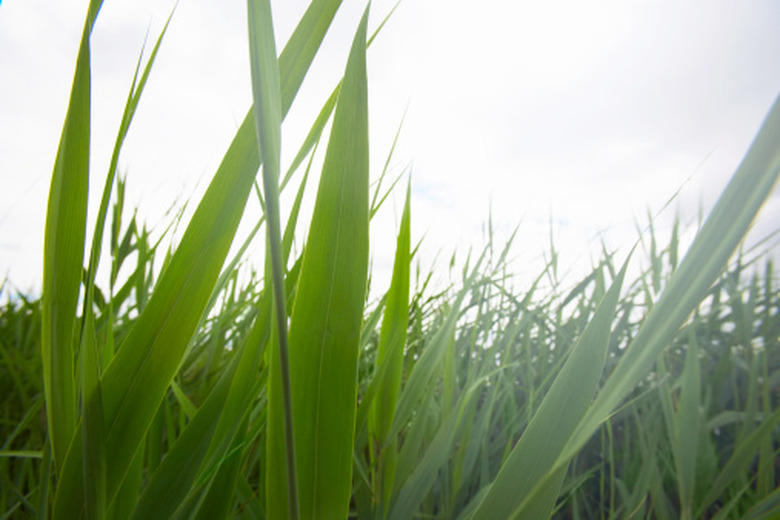How Do Plants Gain Weight?
Clearly, an acorn gains weight as it grows into a mature oak tree; but where the additional mass comes from wasn't always obvious. It wasn't until the 1600s that scientists first tried to find out how plants gain weight.
Clearly, an acorn gains weight as it grows into a mature oak tree; but where the additional mass comes from wasn't always obvious. It wasn't until the 1600s that scientists first tried to find out how plants gain weight.
History
In the 17th century, a Belgian scientist named Jan Baptista van Helmont did an experiment to determine whether plants consumed soil as they grew. First, he planted a willow in a pot; five years later, he weighed the soil again. He concluded plants must gain weight by taking on water. A century later, an English scientist named Stephen Hales argued that plants gained mass by consuming air instead.
Types
Neither man knew it, but soil, water and air all contribute to the mass of a plant, although water and air make the primary contributions. Plants are over 80 percent water; moreover, the hydrogen atoms in organic compounds come from water. The carbon and oxygen in plant organic compounds, by contrast, come from carbon dioxide in the atmosphere. In addition, many important nutrients like nitrogen, phosphorus and potassium come from the soil.
- Clearly, an acorn gains weight as it grows into a mature oak tree; but where the additional mass comes from wasn't always obvious.
- A century later, an English scientist named Stephen Hales argued that plants gained mass by consuming air instead.
Function
Photosynthesis is one of the most important processes that takes place in plants. Not only does it provide energy for the plant, it fixes atmospheric carbon the plant needs to synthesize organic compounds like proteins and DNA. Photosynthesis is essential to plant growth — and the resulting weight gain.
References
- "Biology"; Neil A. Campbell, Jane B. Reece, Lisa A. Urry, Michael L. Cain, Peter V. Minorsky, Steven A. Wasserman, Robert B. Jackson; 2008
